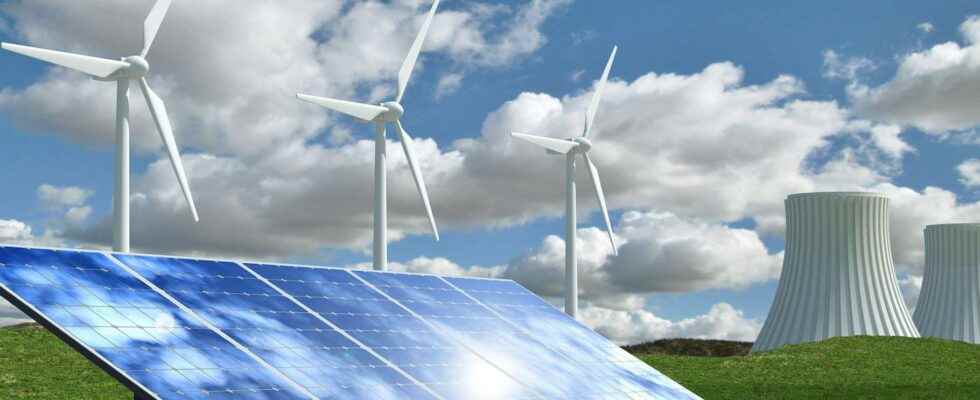The nuclear debate is raging. A little more still in these times of presidential campaign. The work unveiled today by researchers could shed light on the issue beyond Franco-French political postures.
You will also be interested
[EN VIDÉO] The energy transition underway As the Earth continues to warm and greenhouse gases continue to build up in our atmosphere, it seems legitimate to wonder when the much-heralded energy transition will finally become a reality. We met Michael Webber, science and technology manager at Engie. In particular, it provides us with answers tinged with optimism to the following two questions: How long will the energy transition take? Will this transition be slow or fast? © Futura
The Intergovernmental Panel on Climate Change (IPCC) affirms it: if we hope to maintain the anthropogenic global warming within plus 1.5°C of pre-industrial levels, we need to reach zero episode net — of greenhouse gas — by 2050. To achieve this, we can count on the production of renewable electricity from solar or wind power. But another means will have to be mobilized, say today researchers of the Carnegie Institution for Science (United States): nuclear.
Previous studies had concluded that an 80% reduction in our emissions of carbon could be achieved with solar and wind power. On condition of working on the massive deployment of storage capacities of these productions which vary with the weather report, strengthen networks and increase infrastructure. To reach 100%, we will need more strings to our energy bow, confirm the researchers today.
Solar, wind and nuclear
For most countries, they say, the use ofnuclear energy could allow a faster transition to the zero carbon. For countries with low wind resources, in particular, such as Brazil. In the United States, on the other hand, nuclear should only be deployed at the end of the process, to eliminate the last carbon emissions from the energy sector.energy.
The researchers also note that at current prices, nuclear appears to be the cheapest way to eliminate the greenhouse gases generated by electricity production. At least until energy storage technologies become very cheap. Then wind and solar could potentially become the least expensive route to a zero-emission electricity system.
Interested in what you just read?
